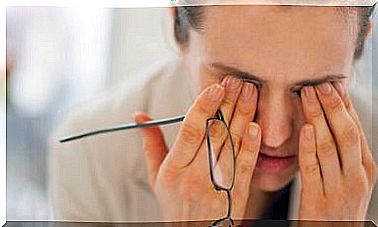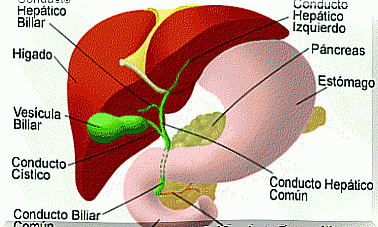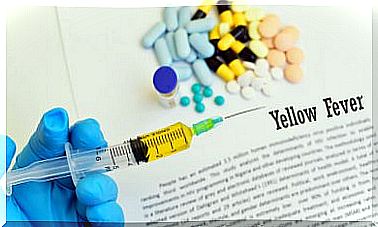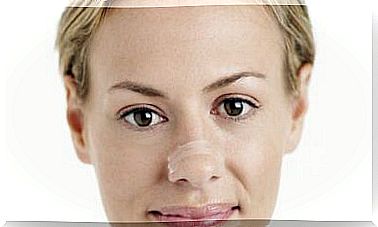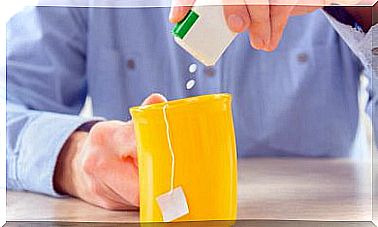Dysthymia Causes, Symptoms And Treatment
Dysthymia is a mild form of depression. To begin the treatment of dysthymia, it is necessary to identify it. Discover it here!

Dysthymia is a mild form of depression with characteristics similar to major depressive disorder. The difference with the latter is that the symptoms are less severe. However, they tend to be more persistent and prolonged. Therefore, it is also necessary to know the treatment of dysthymia.
The person with dysthymic disorder loses interest in everyday activities and finds it difficult to feel optimistic, even in happy situations.
In addition, he develops self-esteem problems and his behaviors greatly affect his social relationships. Since it is not as serious as major depression, many ignore its symptoms for several years.
In fact, to diagnose it, professionals take into account that the depressive emotional state has lasted for more than two years in adults and one year in children.
What are the causes of dysthymia?

As with other mental illnesses, there is no single cause to explain the appearance of dysthymia. Like other forms of depression, it usually occurs from a combination of biochemical, genetic, psychological, and environmental factors.
However, in most cases it is difficult to establish which exact factor is the “culprit” of this condition. For this reason, psychiatrists take into account aspects such as family history, lifestyle and possible traumatic events. In summary, dysthymia can be caused by:
- Biological differences. When the patient with dysthymic disorder has physical modifications in the brain.
- Chemistry of the brain. Due to alterations in the activity of neurotransmitters that regulate mood.
- Inherited traits. The disorder usually affects several members of the same family, especially close relatives.
- Life events. For example, the loss of a loved one, financial difficulties, or constant exposure to stressful situations.
- History of mental illness. When the patient has had other psychological pathologies such as a personality disorder.
Symptoms of dysthymia
Symptoms of dysthymia appear intermittently for years, and their intensity can change over time. However, they do not usually disappear for more than two months. Sometimes it even manifests itself with episodes of major depression, which is distinguished as “double depression.”
Most patients have long-lasting but bearable symptoms. Despite this, the current mood can go from mild to moderate or severe. Its signs and symptoms may include:
- Feeling of hopelessness
- Loss of interest in daily activities
- Feeling of emptiness and deep sadness
- Constant tiredness and lack of energy
- Low self-esteem or feeling worthless and helpless
- Difficulty staying focused and making decisions
- Constant anger and irritability
- Decreased physical and mental productivity
- Social isolation
- Loss of appetite or, conversely, anxiety about food
- Feeling of guilt or worry
- Difficulty achieving a restful sleep
Diagnosis

In order to begin the treatment of dysthymia, it is necessary for a professional to make the diagnosis. It begins with a physical exam accompanied by several questions. Sometimes dysthymia is related to an undiagnosed physical health problem. Then, complementary tests are suggested such as:
- Clinical analysis. To determine if there are conditions that can lead to depressive symptoms. For example, hypothyroidism.
- Psychological evaluation. It includes a thorough analysis of thoughts, feelings, and behaviors. He also uses a questionnaire to help pinpoint the diagnosis. Therefore, in the end it allows us to determine if it is dysthymia or another mood disease.
- Diagnostic and Statistical Manual of Mental Disorders (DSM-5). Doctors sometimes use the DSM-5 symptoms published by the American Psychiatric Association to determine if there are any obvious signs of dysthymia.
Treatment of dysthymia
There are two therapeutic measures for treating dysthymia: antidepressant medications and psychotherapy. However, the approach of each varies depending on the severity with which it occurs. Also the current state of health and ability to tolerate medications.
When the problem affects children or adolescents, psychological therapies are first considered as a treatment for dysthymia. If they don’t work, antidepressants will likely be suggested.
Medicines

Medications that are recommended for the control of dysthymia should be supervised by a doctor. Similarly, its consumption should be extended until the professional indicates it. This will evaluate the possible side effects. The most used are:
- Selective serotonin reuptake inhibitors (SSRIs)
- Tricyclic antidepressants (TCAs)
- Serotonin and norepinephrine reuptake inhibitors (SNRIs)
Psychotherapy
Psychotherapy provides important benefits as a treatment for dysthymia. It is a useful way to talk about feelings and thoughts. In addition, it allows you to find a suitable way to handle them. The two types of recommended psychotherapy are:
- Cognitive behavioral therapy (CBT), which aims to help the patient be aware of their symptoms and the factors that make them worse. Teaches some strategies for solving problems and improving relationships.
- Introspection-oriented psychotherapy or therapy. It helps the affected person to identify the factors behind their depressive behaviors.
Of course, the best complement to these treatments is to maintain a healthy lifestyle. If the patient improves his diet, exercises and rests well, the prognosis improves considerably. Also, it is essential that you stay away from drugs and alcohol.
To summarize, having continuous depressive episodes is not normal, even if the symptoms are mild. When the sadness is prolonged and almost inexplicable, a professional evaluation should be requested to determine if its origin is dysthymia.

